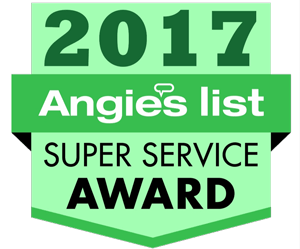Crawl Space Service
Crawl Space Moisture
Moisture in the crawl space underneath structures greatly increases the risk of a termite or wood-destroying insect infestation and mold issues. Residential and commercial structures should have its crawl space inspected for moisture or drainage problems, and then necessary remediation and preventative treatment should be provided. After remediation or during initial construction, encapsulation should be considered.
Moisture Remediation
Crawl spaces are typically made up of the soil structure that was present before building, and soil contains moisture. Moisture that would normally evaporate becomes a problem when a permanent structure is blocking the way. That in turn leads to wood rot and decay, which is the ideal habitat for termites, wood-destroying organisms, mold, fungi, and other pests. Traditional crawl spaces use ventilation openings beneath buildings to help water vapor flow into the outside air. Many structures suffer from excess moisture when air vents aren't sufficient to get the moisture out or keep moisture away from wood components. Another key preventative measure is ensuring that the above-ground water is efficiently drained away. A linear French Drain system around a structure is great for keeping runoff water from getting into a crawl space in the first place. In some cases, adequate ventilation may not solve a moisture problem. If the incoming air has higher humidity levels than the air being ventilated away, the problem can be made worse instead of better. In high humidity areas, mechanical solutions may be necessary. A professional can assist with determining what equipment may be necessary. Some mechanical remediation include the installation of dehumidifiers and sump pumps. These devices either dry the air or move water out.
Encapsulation
When plastics in construction started to become more common, contractors and other professionals started using water vapor barriers to block moisture from coming into contact with the parts of structures open to water exposure. In recent years, encapsulation has advanced greatly in the industry as a very effective way to keep moisture out of a structure. Encapsulation is designed to prevent water seepage, in-ventilation of humid air, and evaporation of water moisture into the structure. Before considering encapsulation, professional advice should be obtained to assure that previous termite, pest, or water damage has been remediated. Sealing up the existing damage would not be a good plan at all. At Ease Pest Solutions is just the professional to handle the job. In addition to a proper outside drainage system, encapsulation involves physically sealing water away from areas where moisture is not wanted. An encapsulation system also looks at reducing ventilation of outside humid air into the crawl space. Wall liners and plastic barriers are the key components of an encapsulation system.
A proper encapsulation system also greatly improves the air quality that circulates throughout the interior of structures. The health benefits of ensuring the cleanliness and low humidity of air ventilated into a structure's interior is obvious. There is another strong reason for the professional installation of an encapsulation system. We will ensure that a proper gap is left on wooden crawl space structures to allow for future termite inspections.
When it comes to your crawl space, out of sight can't be out of mind, there is too much at stake. Contact At Ease Pest Solutions today. We will come out, assess your needs, and give you a plan to alleviate your troublesome crawl space once and for all.
Troutman Branch
694 South Main Street
Troutman, NC 28166
704.761.9697



